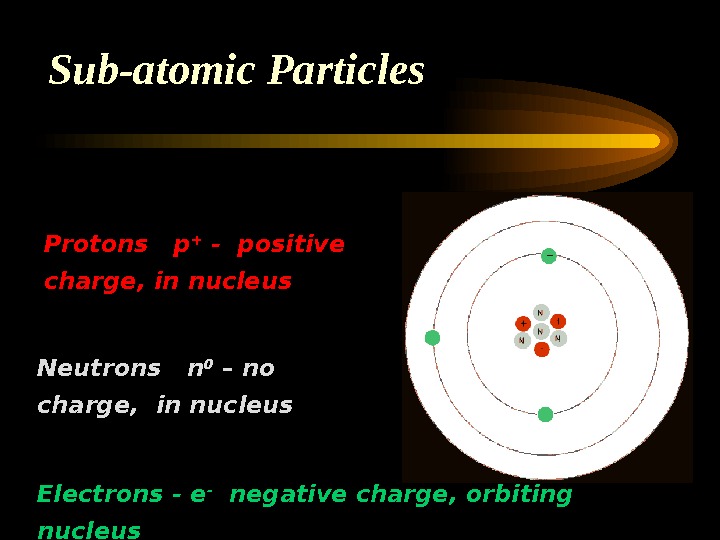When delving into the fascinating domain of subatomic particles, a tantalizing question emerges: What class of particles do protons and neutrons belong to? This inquiry opens the door to a deeper understanding of atomic structure, the fundamental forces governing matter, and ultimately, the nature of the universe itself. Protons and neutrons are not mere particles; they are essential constituents of atomic nuclei, and their classification reveals intricate nuances in the realm of particle physics.
Protons and neutrons are categorized as nucleons, meaning they exist within the nucleus of an atom. However, their classification extends further into the intricacies of particle families. Both protons and neutrons belong to a broader category known as baryons. Baryons, in essence, are composite particles made up of three quarks, which are elementary particles themselves, and the building blocks of protons and neutrons.
The quark model, developed during the late 1960s, revolutionized the understanding of particle physics. Composed of up quarks and down quarks, protons consist of two up quarks and one down quark, whereas neutrons are formed by one up quark and two down quarks. This quark combination is held together by the strong nuclear force, mediated by particles known as gluons. This dynamic interplay between quarks and gluons forms the foundation of nuclear stability.
Interestingly, not all particles share this baryonic classification. There exists a parallel realm of particles known as mesons, which are also part of the broader family of hadrons. Unlike baryons, mesons are formed from quark-antiquark pairs. The distinction between baryons and mesons lies in their respective compositions: baryons possess three quarks, while mesons consist of one quark and one antiquark. This classification sheds light on the fundamental differences in stability and interaction between these two particle classes.
To further explore this classification, one must venture into the rich tapestry of particle physics. Baryons, including protons and neutrons, can be classified based on their properties, such as spin and parity. The spin of a nucleon is a quantum mechanical property that describes its intrinsic angular momentum. Protons and neutrons are classified as fermions, possessing half-integer spin values (1/2). This property is significant as it governs the behavior of matter on a quantum scale.
Additionally, the stability of protons and neutrons can be contrasted with that of other baryons, such as hyperons, which are less stable and often decay into lighter particles. Understanding these distinctions allows physicists to delve deeper into the nuances of particle interactions and the forces that govern them.
What about the interplay between baryons and other fundamental forces? Herein lies the significance of the weak nuclear force, responsible for processes such as beta decay, in which neutrons decay into protons, emitting electrons and neutrinos in the process. This transformation underscores the dynamic nature of these particles and their interactions. One might ponder: if neutrons can decay into protons, how does this challenge our traditional notions of particle stability?
The significance of protons and neutrons extends beyond mere classification; they play a pivotal role in the universe’s evolution. Consider the formation of stars and galaxies, which hinges on the interactions among protons, neutrons, and other particles. The fusion processes that occur in stellar environments, where protons combine under immense pressure and temperature, generate substantial energy, powering the stars and, ultimately, life itself.
Furthermore, the exquisite balance between protons and neutrons in the nucleus, referred to as nuclear binding, dictates the stability of atoms. An excess of either particle can lead to instability and, consequently, radioactive decay. This delicate equilibrium poses another captivating challenge: how do variations in the number of protons and neutrons influence the properties of elements and their isotopes?
Emphasizing the importance of experimental physics, particle accelerators around the world continue to probe the behavior of protons and neutrons. Fascinating discoveries have surfaced from high-energy collisions, shedding light on the existence of exotic baryons and revealing the underpinnings of quantum chromodynamics (QCD), the theory that describes the strong interaction among quarks and gluons. These advancements offer profound insights into the underlying principles that govern particle classification and their interactions.
Yet, despite this growing body of knowledge, numerous enigmas remain. For instance, the question of dark matter, which constitutes a substantial fraction of the universe’s mass, poses a challenge for contemporary physics. Are there undiscovered baryons that contribute to this elusive substance? Do protons and neutrons offer clues to the nature of dark matter? Such inquiries fuel the quest for knowledge and underscore the significance of understanding the classifications of protons and neutrons.
In conclusion, protons and neutrons are not mere particles traversing the cosmos; they are barometers of stability, energy, and the fundamental forces that shape the universe. Their classification as baryons serves as a gateway into the intricate world of particle physics, revealing the dynamic relationships between quarks, forces, and the particles that make up everything we observe. As researchers continue their journey into this captivating domain, the allure of exploring the fundamental building blocks of matter—protons, neutrons, and their quark constituents—will undoubtedly ignite further inquiry and discovery.












